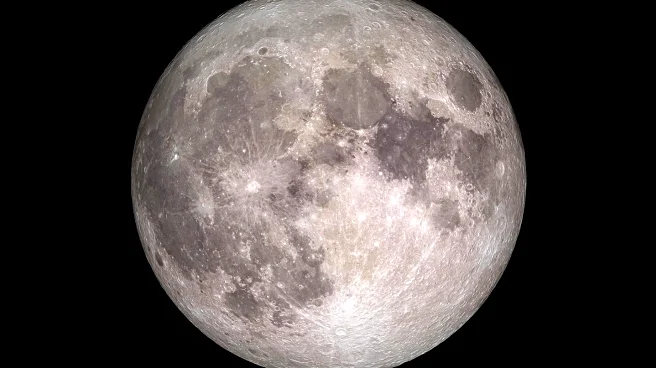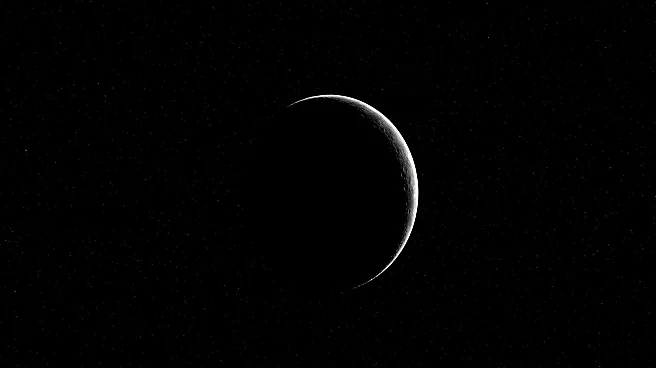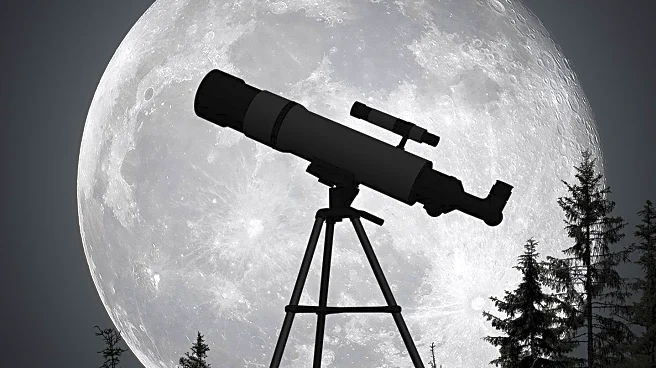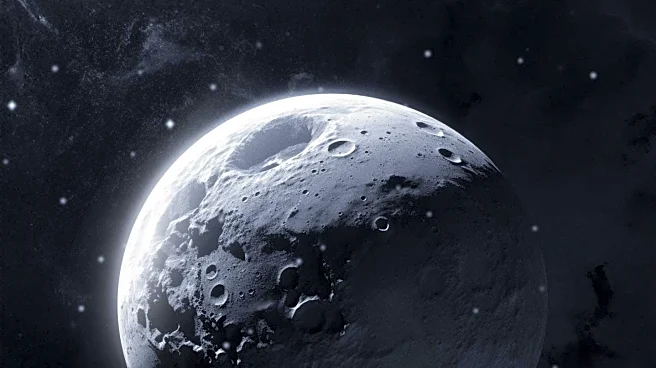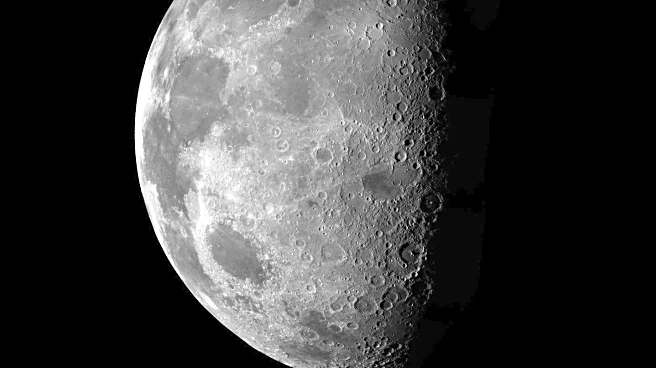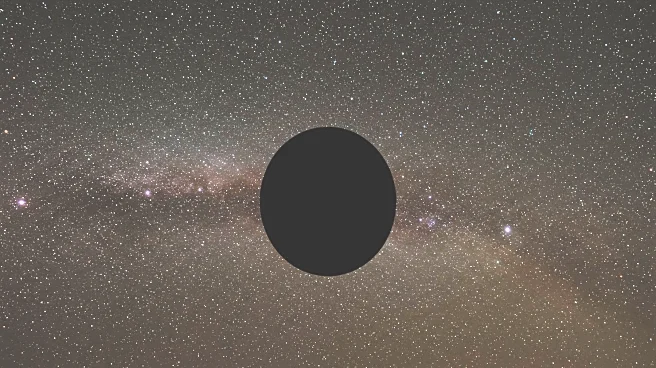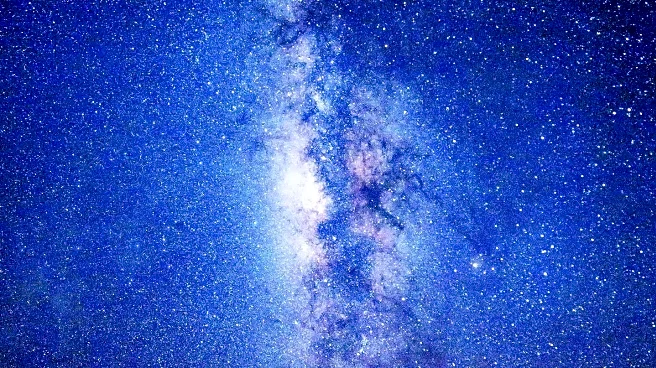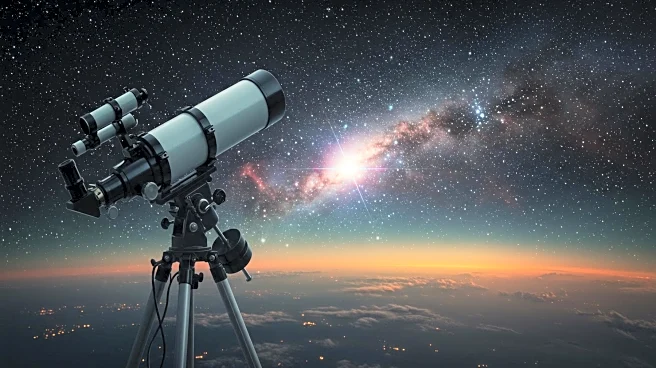What's Happening?
On August 23, 2025, a black moon will rise, marking the first occurrence of this rare lunar event since May 2023. A black moon is defined as the third new moon in an astronomical season with four new moons. During this phase, the moon is not visible from Earth due to its alignment with the sun and Earth, with its dark side facing Earth. This event is not officially recognized in astronomy but is used to describe the unique timing of the moon's phases.
Why It's Important?
The black moon provides a unique opportunity for astronomers and enthusiasts to observe the night sky without the interference of moonlight. This can enhance visibility for stargazing and observing meteor showers, such as the Perseid meteor shower, which coincides with the black moon. The event underscores the irregularities in lunar cycles and their impact on astronomical observations, offering a chance to explore the dynamics of celestial events.
What's Next?
While the black moon itself is not visible, the nights following the event will feature a thin crescent moon, visible on August 24 and 25. Stargazers are advised to look towards the western horizon after sunset to catch a glimpse of the crescent moon. This period also offers an opportunity to observe the Perseid meteor shower, which is expected to be more visible due to the absence of moonlight.


